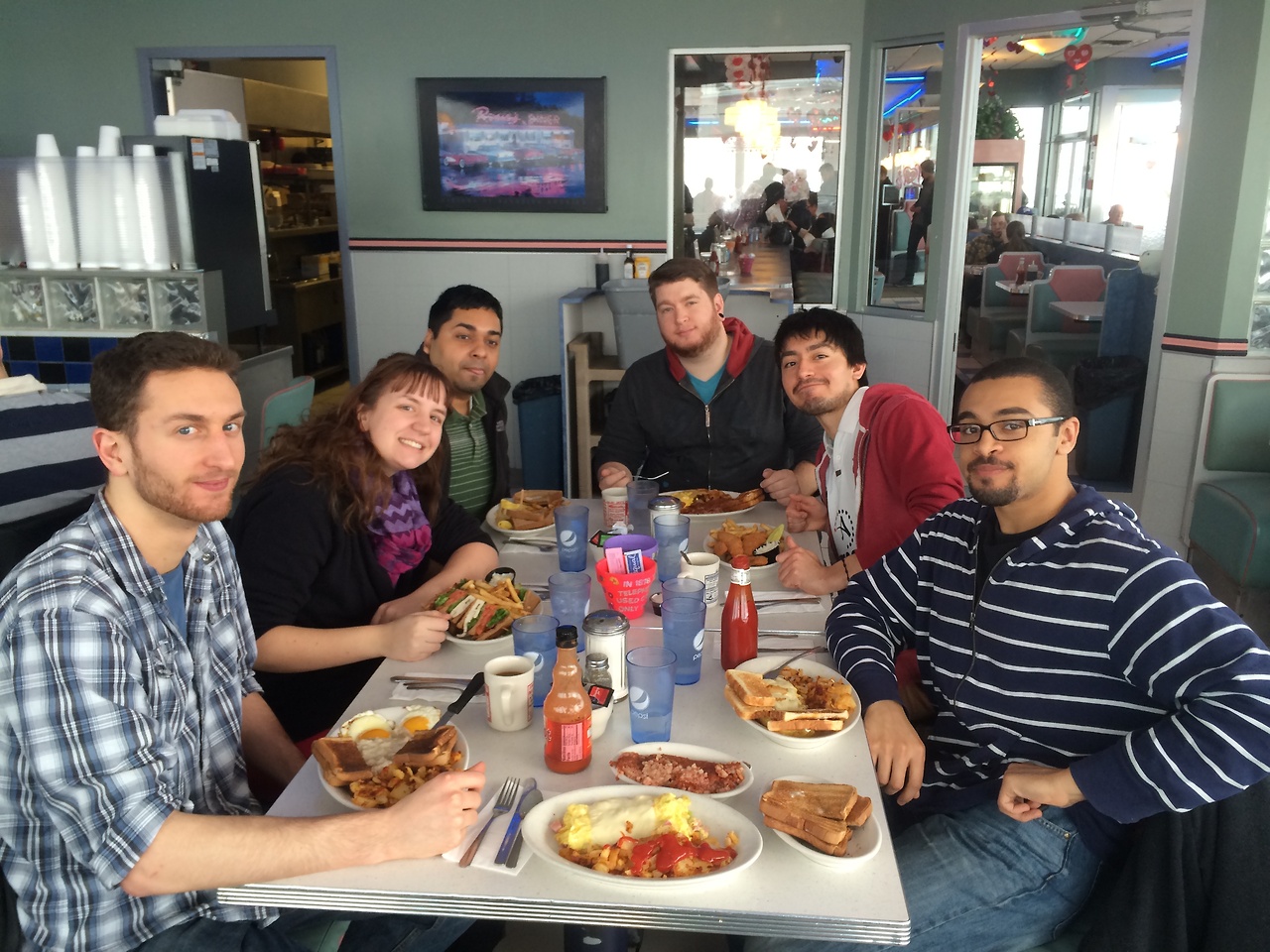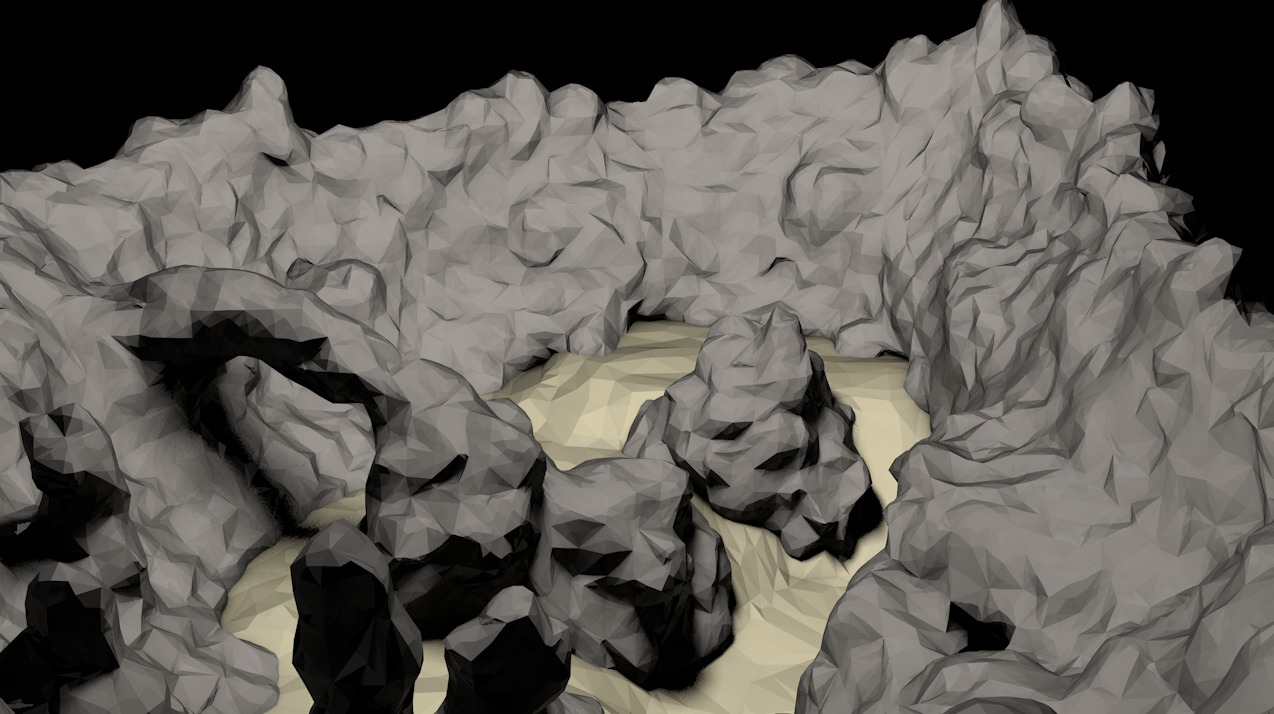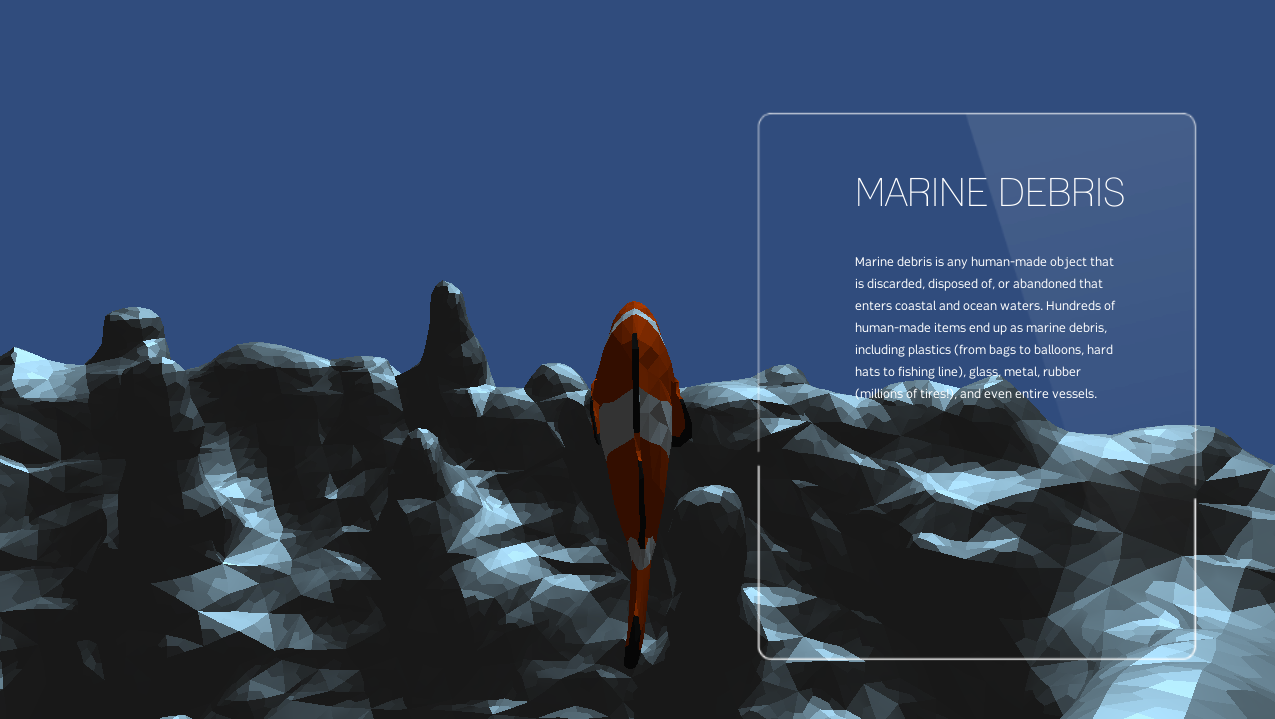What can virtual environments teach us about real-world issues? At last month’s ImagineRIT festival, Team Galacticod’s game Ripple took visitors into an interactive ocean to learn about threats facing coral reefs. It’s just one of many great projects we’ve seen recently from RIT students.
According to Team Galacticod dev lead Luis Rosario, developing interactions for Ripple was fairly easy once they got started:
Once we had our interactions planned, getting the values from the Leap Motion API was pretty intuitive. The docs were a great resource and the community was pretty active. There were definitely a few failed attempts at first. We tried getting a hyper-realistic control where it would be sensitive to the slightest turn of the hand, but found it would be misread as a swipe given our configuration.
We knew we would have a fish as our character, and felt that the best metaphor for control would be our hand swiping left and right. To swim forward, you would swipe. To swim up or down, you would move your hand in that direction. Move your hand to the left to go left. Move your hand to the right to go right.

Since Ripple was developed with v1 tracking, Team Galacticod found that it needed to mount the Leap Motion Controller sideways so that it could track the user’s palms while the hand was sideways. With v2 beta tracking, hands can now be tracked from the side with greater accuracy.
Ultimately, says Rosario, the goal was to help people think about environmental issues in a whole new way. Players connect with the fish and encounter facts about overfishing, marine debris, oil pollution, acidification, and mass extinction. You can follow the evolution of the project on their blog, from early ideas to developing the environment. The code is available as a download from the project website.




Credit for “Fish World Problems” goes to Team Galacticod. I’m not that funny.




